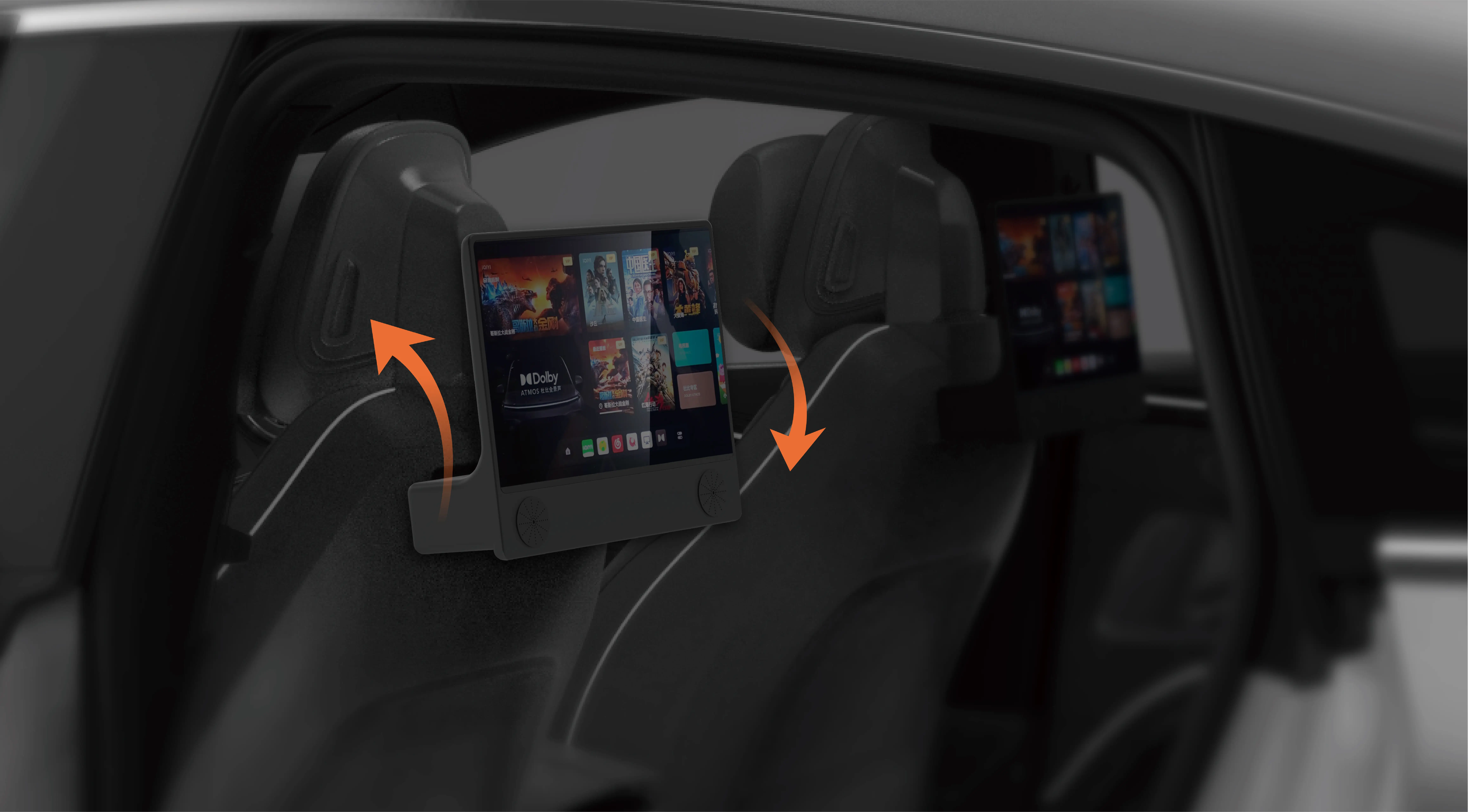Certainly! Here is the first part of the soft article themed around "hobby motors and gears." The continuation will follow in the second part.

In a world where technology continually advances and DIY culture flourishes, hobby motors and gears have become essential elements for makers, engineers, and hobbyists alike. Whether you’re constructing a remote-controlled car, designing a robotic arm, or just experimenting with mechanical systems, understanding these small but mighty components can transform your ideas into reality. Think of hobby motors and gears as the brain and muscles of miniature worlds—a combination that opens up vast possibilities for innovation and entertainment.
The Charm of Hobby Motors
Hobby motors, also known as miniature or small electric motors, are compact devices designed to convert electrical energy into mechanical motion. Their size makes them ideal for projects where space is limited but power is still needed. These motors come in a variety of types, including brushed, brushless, coreless, and sensored motors, each suited for specific applications.
Brushed motors are the most common due to their simplicity and affordability. They use brushes that make contact with the commutator, periodically reversing the current and creating continuous rotation. Brushless motors, on the other hand, are more efficient, produce less heat, and have longer lifespans, making them popular in high-performance applications like drones and advanced robotics.
Regardless of type, hobby motors are prized for their ease of use. They typically come with straightforward wiring and are compatible with simple power sources such as batteries or small power supplies. Their versatility makes them a favorite among beginners and seasoned creators alike.
Understanding Gears: The Key to Control and Power
While motors generate motion, gears control that motion. Gears are toothed wheels that mesh with other gears to modify the speed, torque, and direction of rotational movement. They're fundamental to designing machines that require specific movement characteristics.
Gears come in many forms—spur, bevel, worm, planetary, and more—each with unique functions. Spur gears, the most common type, have straight teeth and are used to transfer power between parallel shafts. Bevel gears are designed for intersecting axes at an angle, often used in steering systems or gearboxes. Worm gears provide high torque reduction and are useful when space is constrained, while planetary gears offer compactness and high torque distribution, ideal for complex mechanisms.
The art of gear design lies in selecting the right gear type and ratio for your project. A gear ratio determines how much a motor’s rotation speed is reduced or increased, directly affecting the speed and torque of the final output. For example, a gear reduction can slow down a motor’s spinning shaft while increasing its torque output—crucial for robotics that need to lift or manipulate objects.
Synergizing Motors and Gears
In practical applications, hobby motors and gears are often combined to achieve desired performance. Consider a simple robot arm: the motor provides the initial rotation, while gears fine-tune the movement, delivering enough force to lift objects or rotate joints with precision.
Many hobbyists use gearboxes—assembled gear systems that can be attached directly to motors—to simplify this process. Gearboxes offer multiple gear ratios in a compact package, making it easy to customize a motor's output without complex calculations. They also help protect the motor from overloads and wear, extending its lifespan.
Applications That Inspire
From tiny robotic cars to intricate clockwork mechanisms, hobby motors and gears are at the heart of countless projects. For beginners, starting with a basic DC motor and a few gears can lead to a surprisingly rewarding experience. As skills advance, enthusiasts often experiment with stepper motors, which allow for precise position control, or brushless motors paired with electronic speed controllers for high-efficiency applications.
Educational kits featuring motors and gears have made learning about mechanics and electronics accessible and fun. These kits allow users to build moving models, automated systems, or even simple robots—all while gaining an intuitive understanding of how motors and gears work together.
The Creative Edge: Beyond the Basics
In the realm of innovative hobbies, hobby motors and gears enable makers to push boundaries. For instance, some hobbyists build miniature hydraulic cranes driven by small motors and gear trains. Others experiment with wind-up mechanisms powered by gears for eco-friendly projects.
The integration of sensors and microcontrollers with motors and gears further expands possibilities. Automated systems can be programmed to perform specific tasks, like sorting objects or navigating mazes. This intersection of mechanics, electronics, and programming transforms simple components into intelligent machines capable of complex behaviors.
Choosing the Right Components
When embarking on a project, selecting suitable hobby motors and gears is key. Consider parameters like voltage (power supply compatibility), torque (force output), speed (RPM), size constraints, and the type of motion desired. Online stores and specialty hobby shops offer an array of options, often categorized for easy browsing.
It’s also wise to pay attention to durability and quality. Lower-priced components can save money upfront but may compromise performance or longevity. Conversely, investing in reputable brands ensures smoother operation and fewer surprises down the road.
Assembling the Dream Machine
Getting started often involves basic assembly: mounting motors on chassis, attaching gears, and wiring the system. Using CAD software or detailed tutorials can simplify this process and help anticipate potential issues. For newcomers, experimenting with modular gear sets and motor modules can encourage hands-on learning.
Remember, the key is patience and curiosity. Each adjustment—whether changing gear ratios or switching motor types—brings new insights. Over time, you’ll develop an intuitive sense of how to tailor components to your specific goals, whether it’s a racing drone, a robotic pet, or an automated planter.
Established in 2005, Kpower has been dedicated to a professional compact motion unit manufacturer, headquartered in Dongguan, Guangdong Province, China.




































